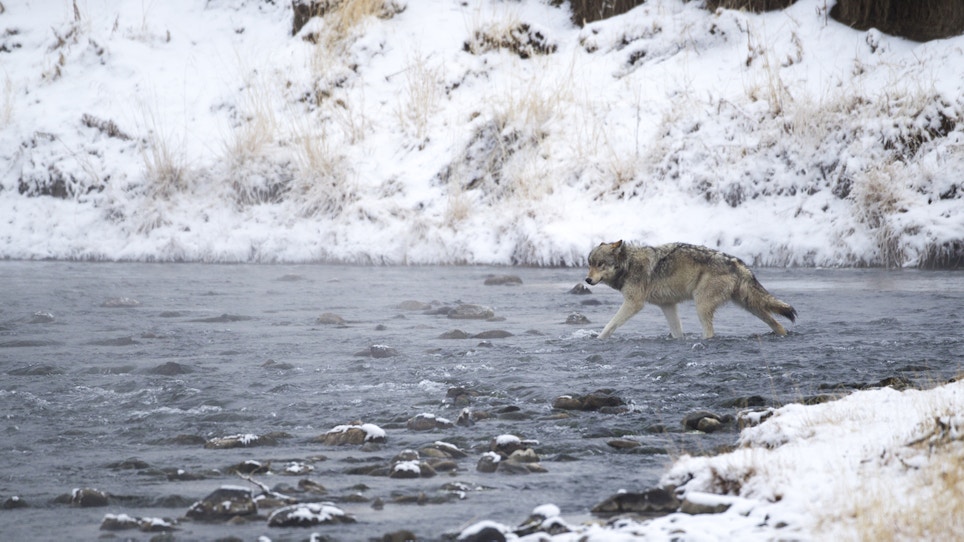The Story
Moose are dying at a fast rate in Minnesota. According to TwinCities.com, the state Department of Natural Resources (DNR) recording a population estimate based on aerial surveys in January and found about 3,710 moose. This compares to an estimate of 4,020 in 2016 and 8,840 estimate in 2006.
Though the decline has slowed since the 58 percent slide from 2006 to 2016, Minnesota’s moose population is shrinking at a steady rate. But why?
What’s Killing These Moose?
The state DNR gathered data recently and determined wolves, parasites, infections and other health problems are the largest killers of moose in the northeastern section of the state.
According to TwinCities.com, DNR researchers conducted a study from 2013 to 2015 on GPS-collared moose. The collars allowed researchers to locate dead moose within hours, providing an accurate cause of death to be named.
Related: How Sweden Deals With a Wolf Debate Similar to America's
Which Is the Largest Killer?
In short: Wolves. TwinCities.com reports 57 moose had a cause of death confirmed, and, of those, wolves killed nearly 33 percent (18 kills). Of those 18, DNR researchers reported eight were sick before wolves killed and ate them.
“They were health-compromised in a way that probably made them more likely to be caught by a wolf,” Dawn Plattner, moose field biologist for the Minnesota DNR, told TwinCities.com. “But we still count the ultimate cause of death as wolves.”
How About The Other Causes?
DNR found parasites killed 30 percent of moose. This included a brainworm that’s passed from whitetail and fatal to moose. Liver flukes and winter ticks were also mentioned for parasites that led to death.
Bacterial infections led to 21 percent of deaths, the website reports. This includes infected wounds or injuries. Another 11 percent died from undetermined health factors.
TwinCities.com reports one major cause the DNR found that led to death — before final factors were considered — was poor physical condition. The report says it was often caused by malnutrition, however it was impossible to determine physical condition before death.
Related: Top 10 Wolf Hunting Tips from RMEF Members
What Else Did The DNR Learn?
This DNR study has been the largest effort thus far to find out why Minnesota’s last remaining moose herd across several counties has declined by more than half over the last decade, TwinCities.com reports.
Of the 173 moose that were collared, here’s what the website reported happened to them:
*28 are still alive with collars that are working.
*53 are believed to be alive, but their collars have stopped working.
*23 are presumed to be alive but their collars fell off, making their status unknown.
*12 died immediately after being collared. These were not part of the mortality study.
*57 died with working collars. These are the basis for the study data.
Feature image: iStock






